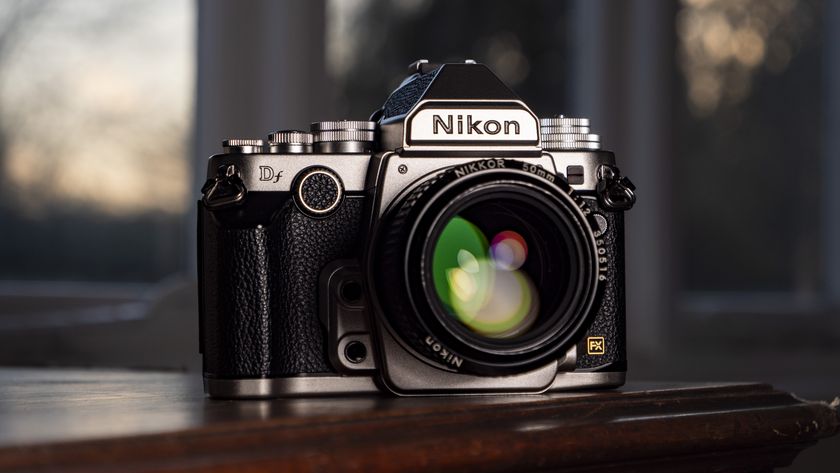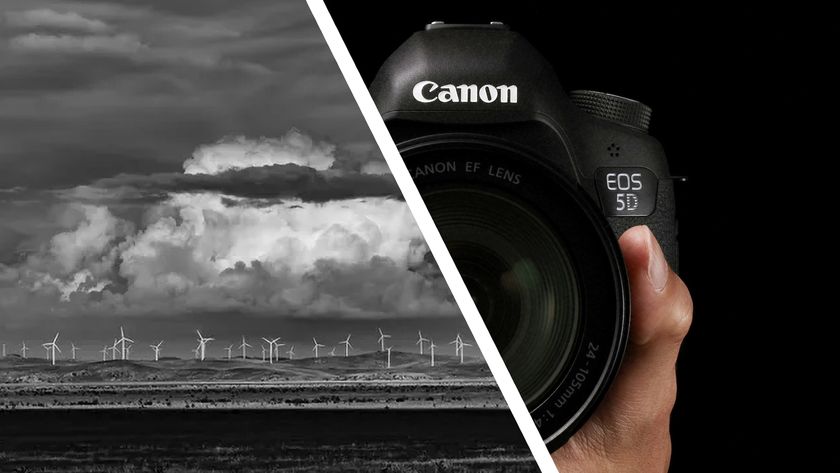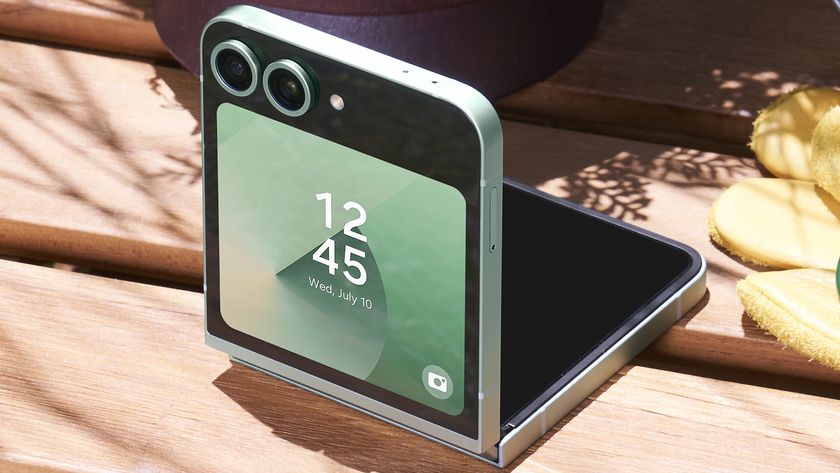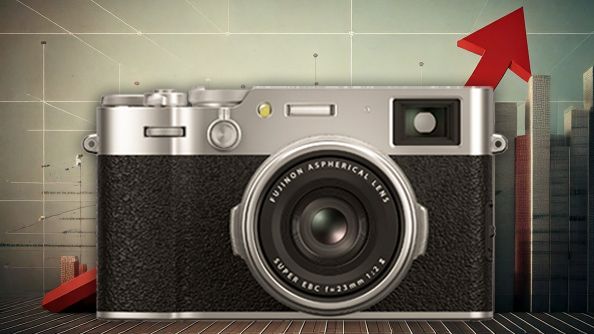Canon EOS 7D Mark II vs Nikon D500
The battle of the APS-C DSLR kings
Build and handling
The two cameras aren't a million miles apart in terms of size and shape, but the D500 is just a shade beefier-looking. A glance at the spec sheets confirms that it is 150g lighter. This weight difference doesn't reflect in the feel of the camera: it seems every bit as tough as the 7D Mark II. Both models have weatherproof and dustproof seals.
The control layouts follow the familiar Canon and Nikon patterns. The 7D Mark II has a dedicated mode dial on the left of the top-plate, and the D500 has a button that must be used in conjunction with the rear Command Dial to set the exposure mode. The D500 has a dial for setting the drive mode on the left of the top-plate while the 7D Mark II uses a button along with the Quick Control Dial to set the same feature.
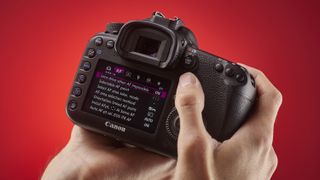
A key difference between the two cameras is that while the 7D II's screen is fixed, the D500's screen is mounted on a tilting bracket, which enables it to be tipped up or down for easier viewing when shooting landscape-format images from below or above head-height. It's especially useful to videographers, who need to use the screen for composing scenes. The bracket is nice and solid, and seems set to work well for a long time.
At 3.2 inches, the D500's screen is also 0.2 inches bigger across the diagonal than the 7D Mark II's. Perhaps more significant to the handling, however, is the fact that the D500's screen is touch-sensitive. Unfortunately it's not possible to use it to select settings or navigate the menu with taps on the screen, but it's very useful for setting the AF point when you're shooting in Live View or Video mode. You can also scroll through images with a swipe and zoom in with a double-tap to check sharpness.
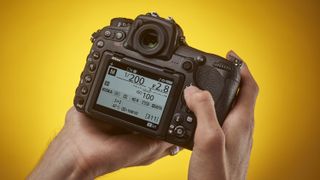
Sticking with the screen, with 2,359,000 dots rather than 1,040,000 dots, the Nikon monitor provides a sharper, more detailed view than the Canon screen. This is especially noticeable when you zoom in to check focus and sharpness.
As you might expect, the viewfinders provide a similar view; both are large and bright. When you're shooting, you'll spot that the Nikon camera's AF points extend slightly further towards the edges of the frame. It's most noticeable in the vertical distribution.
Both cameras have a dedicated control for setting the AF point. With the 7D Mark II, you have to press a button before the focus point can be changed via the joystick-like controller, but there's an option in the menu that allows you to do it directly. There are a couple of frustrations with the Canon control, however. You need to half-press the shutter release to wake the AF system and enable the point to be moved; you then have to nudge and release repeatedly to move from point to point – you can't just push and hold the stick to jump through several points. Nikon has got these two issues cracked, on the other hand.
Get daily insight, inspiration and deals in your inbox
Sign up for breaking news, reviews, opinion, top tech deals, and more.
